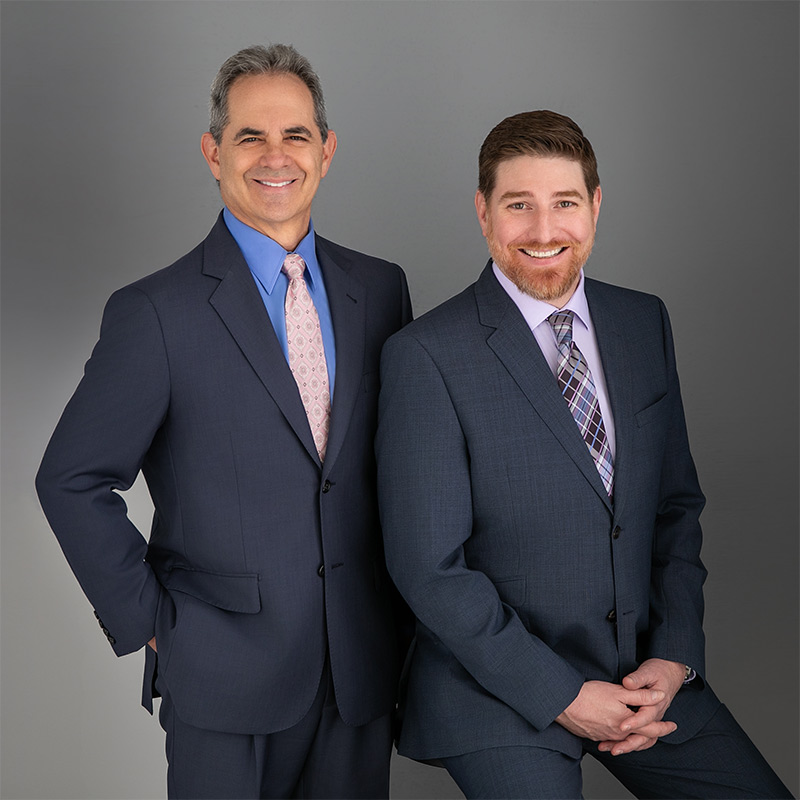When someone buys a new car, it comes with a warranty. We have the California Lemon Laws (aka: Song Beverly Consumer Warranty Act) and the National Highway Traffic Safety Administration (NHTSA) which all work together to protect the consumer when buying a vehicle. We also expect the dealership to deal fairly with consumers and sell us vehicles that are safe and free of defects. One more category of protection that you will never read about in your vehicle warranty documents is the “secret warranty”.
When a car manufacturer builds a new vehicle many of the parts are manufactured all over the world. Once the vehicle is put together, it is tested to make sure there are no defects. Often during the testing phase, problems are found that are regarded as low risk and the automobile will be allowed to go into production. When the problem starts to turn up in a few vehicles most often, they just get repaired. For those few consumers who make a big fuss and threaten to report the problem to the NHTSA, the dealership makes a “special exception” and fixes the vehicle defect at no cost. They know that the problem exists, but it is cheaper to repair the few vehicles that come in rather than issue a recall. Every automobile manufacturer has at least one ‘secret warranty’, and often have three or four. If too many safety defects get reported, the NHTSA will issue a recall.
If you have a defect in your car, do your homework. Go online and find out if other owners are experiencing the same defects. Read about the lemon law and find out if a ‘secret warranty’ exists and get the service you deserve.
The California Lemon Law Offices of Delsack & Associates is recognized as one of California’s best and oldest lemon law firms. We have a nearly 100% success rate of the California Lemon Law cases we accept, and offer statewide services so that wherever you live in California you can put our 22 years of experience to work for you. If you think you have a “lemon,” stop throwing your money away on costly repeat auto repairs. Contact The California Lemon Law Specialists, get A Free consultation and get rid of your CA lemon today!
Anywhere in California (free call): 1.888.ExLemon (395.3666)
- California Lemon Law in Los Angeles: 310-475-1700
- California Lemon Law in San Francisco: 415-285-5366
- California Lemon Law in San Diego: 619-229-6900
- California Lemon Law in Orange County: 949-856-4333
- California Lemon Law in Palm Springs: 760-395-1000
- California Lemon Law in San Fernando Valley: 818-837-0500







